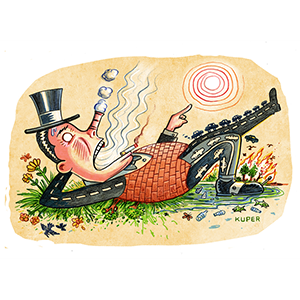After setting the clocks back 1 hour, here's what else you should do
Published in News & Features
For many, the best thing about this weekend’s time change is the chance to gain an extra hour of sleep.
It’s officially “fall back” time at 2 a.m. Sunday.
But after you set the clocks back one hour, officials are hoping you’ll use some of your weekend time to prepare yourself and your residence for potential dangers as winter approaches and diminished daylight becomes a factor in the afternoons and evenings.
At the top of the list:
—Make sure your smoke alarm and its batteries are in working order.
—Check your carbon monoxide alarms as well.
—Use your headlights when driving because of diminished daylight after the time change.
“We encourage people to change the batteries in their smoke alarms and carbon monoxide detectors in the fall and the spring each year,” said Clark County, Nevada, Fire Chief John Steinbeck. “This is a life-saving habit that can keep you and your family safe in the event of a fire or a problem with carbon monoxide levels in your home.”
Reduced visibility while driving is a major concern.
“We are asking motorists and pedestrians to be extra cautious as the hours of daylight become much shorter,” Clark County Commissioner Michael Naft, a traffic safety advocate, said in a county news release. “Sadly, most pedestrian fatalities occur between dusk and dawn when it’s harder for motorists to see pedestrians. It is critical that drivers slow down, pay extra attention, and use their headlights.”
Smoke alarm tips:
—Smoke alarms more than 10 years old need to be replaced.
—Test smoke alarms at least once a month using the test button; replace immediately if they don’t respond properly when tested.
—Make sure everyone in the home understands the sound of the smoke alarm and how to respond.
—Chirping alarms are a warning sign that that battery is low and needs to be replaced.
—Install smoke alarms in every bedroom, outside each sleeping area and on every level of the home.
—Smoke rises, so install smoke alarms following manufacturer’s instructions high on a wall or on a ceiling.
—Smoke alarms with strobe lights and vibration devices are available for hearing impaired people.
Carbon monoxide alarm tips:
—Install in a central location outside each sleeping area of a home.
—Follow manufacturer’s instructions for placement and height.
—Choose a carbon monoxide alarm that has the label of a recognized testing laboratory.
—Test carbon monoxide alarms at least once a month and replace according to manufacturer’s instructions.
—If the carbon monoxide alarm sounds, immediately move to a fresh air location outdoors or by an open window or door. Make sure everyone inside the home is accounted for. Call for help from a fresh air location and stay there until emergency personnel arrive.
___
©2024 Las Vegas Review-Journal. Visit reviewjournal.com.. Distributed by Tribune Content Agency, LLC.







Comments